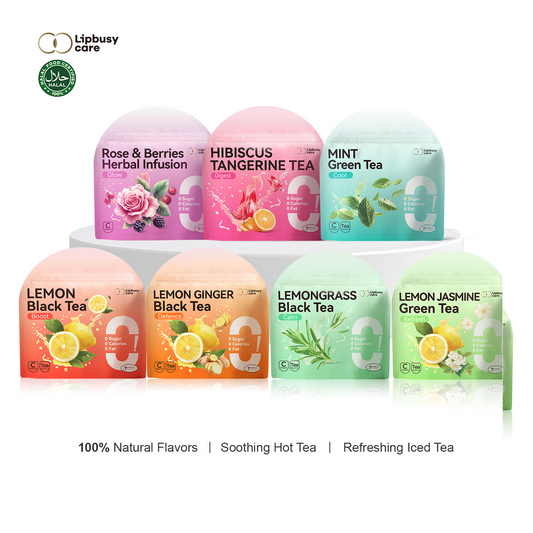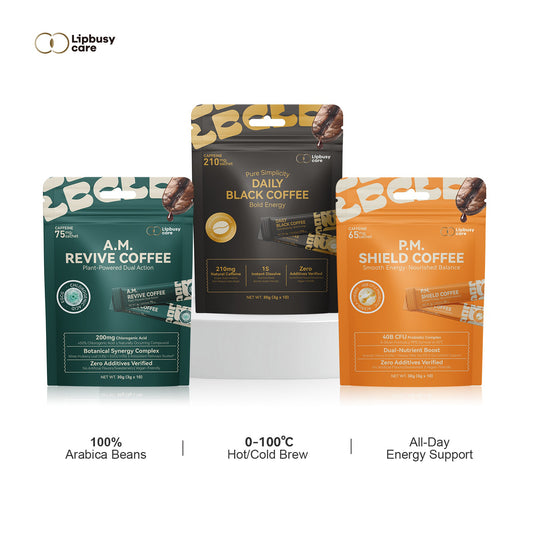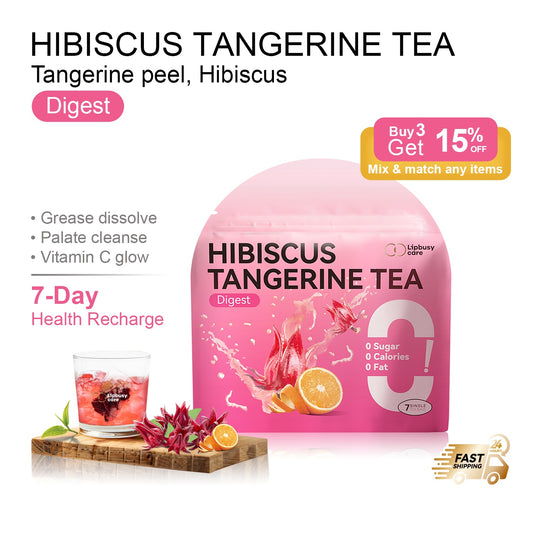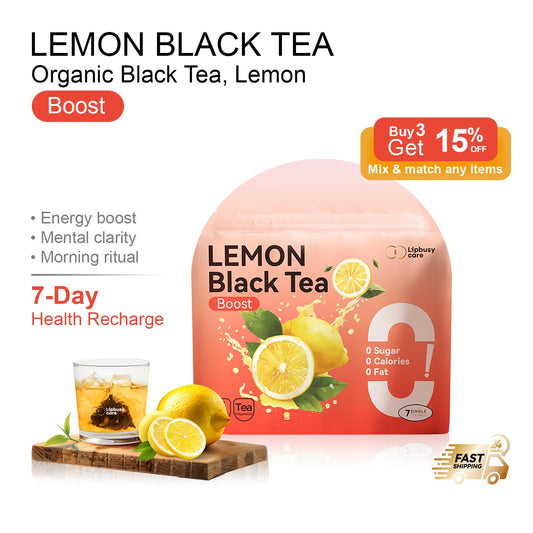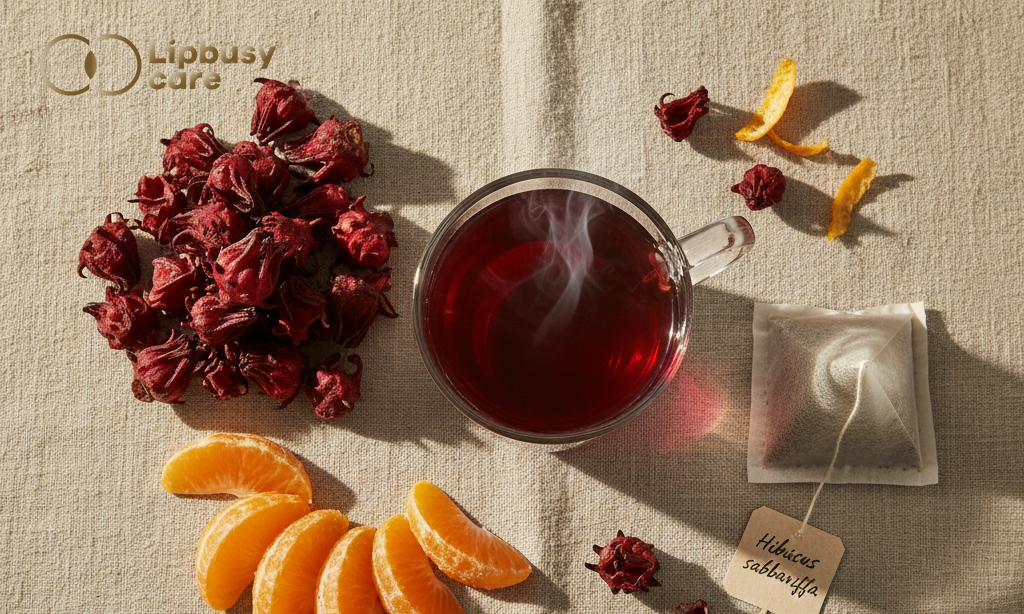
What Is Roselle Tea Good For? Benefits, Uses & How to Brew
Share
If you're seeing roselle tea pop up more in your feed lately, you’re not imagining it — this bright red brew is making waves. But beyond the pretty color, what is roselle tea good for? In plain talk: a lot more than just looking nice in a cup. Let me walk you through.
What Is Roselle Tea?

Roselle tea is made from the calyces (the outer parts that cradle the flower) of Hibiscus sabdariffa — that’s the scientific name to be clear. It’s sometimes called sorrel, Jamaica tea, or simply hibiscus tea in many places. Because it doesn’t use tea leaves (Camellia sinensis), it’s naturally caffeine-free — a plus if you're looking to cut back on stimulants.
You’ll see roselle, hibiscus sabdariffa, hibiscus flower, and roselle hibiscus all referring to similar or overlapping plants in your keyword lists. But for tea that’s good to drink, Hibiscus sabdariffa is the one most used.
Benefits of Roselle Tea
Science is catching up to what many cultures have known for centuries. Here’s where roselle tea shines:
-
Supports Healthy Blood Pressure
Multiple clinical and observational studies show that regular roselle tea consumption may help lower systolic and diastolic blood pressure. It’s one of the reasons “roselle tea health benefits” ranks high among tea lovers. -
Rich in Antioxidants & Anti-inflammatory Agents
Roselle is loaded with anthocyanins (the pigments making it red) and polyphenols. These help defend your cells from damage and inflammation, contributing to overall wellness. -
Heart & Lipid Support
Some research suggests roselle tea helps lower LDL (“bad” cholesterol) and triglycerides while supporting good HDL levels, which is great for cardiovascular health. -
Hydration & Mild Diuretic Effect
Because it’s a herbal infusion, it’s hydrating. Roselle tea also has mild diuretic properties, meaning it can support your body in shedding excess fluid. -
Digestive Comfort & Detox Feel
The slightly tart flavor can stimulate digestion for some. Though “detox” is a buzzword — think gentle support rather than miracle cleansing. -
Immune & Skin Support
With vitamins (like vitamin C) and antioxidants, roselle tea is often linked to immune health and even clearer skin, thanks to its capability to counter oxidative stress.
How to Brew Roselle Tea (and Make It Delicious)
- Use about 1–2 teaspoons (or one good quality tea bag) of dried Hibiscus sabdariffa calyces per 8 oz (≈ 240 ml) of water.
- Steep in hot water (≈ 90°C / 195–200°F) for 5 to 10 minutes depending on how bold you like it.
- Sweeten lightly if needed — honey, a bit of stevia, or a touch of tangerine rind can work beautifully.
- Serve hot or cold. As iced roselle tea, it’s a bright, refreshing summer drink.
- Avoid over-steeping (especially longer than 15 minutes) — it may become too sour or astringent.

Where It Might Be More (and Where Caution Is Needed)
- Roselle tea has a lot going for it, but it's not a magic cure. And as with many herbal products, if you overdo it (especially many cups per day), some cautions are advised:
- If you take blood pressure or diabetes medications, drink roselle tea with care and talk to your doctor.
- Pregnant or breastfeeding? Science is limited — many guidelines suggest moderation or avoidance until more human studies come in.
- Some people with very sensitive stomachs might find it slightly acidic.
Try Our Hibiscus Tangerine Blend
If you like the idea of roselle tea but want an extra flavor twist, check out Lipbusycare Hibiscus Tangerine Tea Bag. It blends Hibiscus sabdariffa with a splash of tangerine, giving you berry-tart citrus notes. Still caffeine-free, still vibrant, and easy to brew anytime.
Final Thoughts
- So, what is roselle tea good for? It’s the kind of tea that combines beauty, flavor, and a handful of scientifically backed health perks. Whether you want it for its potential blood pressure support, antioxidant power, or just to sip something pretty and calming — roselle tea wears many hats.
- Just remember: moderation is key, especially if you have health conditions or take medications. And always check with a healthcare professional if you’re unsure.
References / Sources:
- PubMed – “Roselle (Hibiscus sabdariffa L.) calyces tea improves physical fitness of healthy adults”
- MedText Publications – “Food and Medicinal Values of Roselle (Hibiscus sabdariffa)”
- Verywell Health – “Does Hibiscus Tea Lower Blood Pressure?”
- The Herb Society – “Hibiscus sabdariffa”

